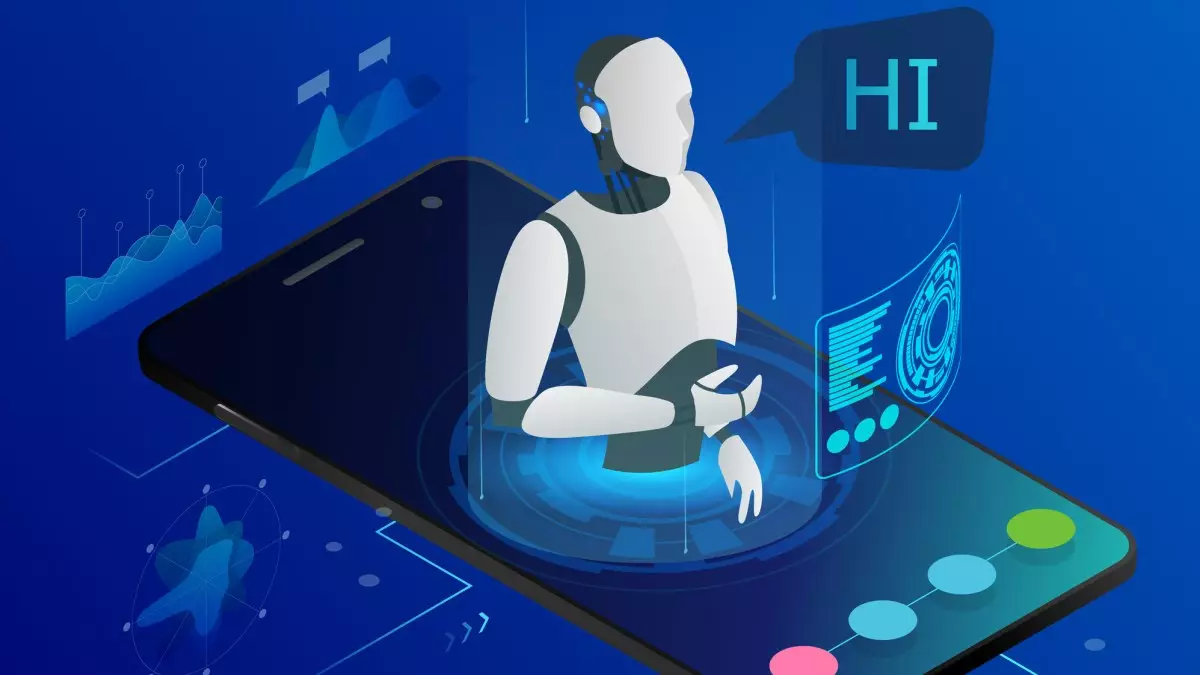Apple Inc., a company known for its groundbreaking advancements in technology, is venturing into the realm of robotics, as revealed by prominent analyst Ming-Chi Kuo. This exploration encompasses both humanoid and non-humanoid robots, signaling a potentially transformative shift in how we conceive and interact with robotic systems in our daily lives. Following a recent research paper released by Apple, which delves into non-anthropomorphic robots—illustrated through a charming Pixar-style lamp—the tech giant appears to be laying the groundwork for a future that includes various robotic designs. This move is noteworthy, considering that Apple has typically been very discreet regarding its innovation strategies.
The Implications of Early Research
Kuo refers to Apple’s recent work as “early proof-of-concept,” indicating that while the research is progressing, it is still in its infancy. Drawing parallels with the Apple Car project—a venture that was abandoned in its early developmental stages—it’s evident that Apple is taking substantial care in navigating this new terrain. Kuo projects a timeline of 2028 for potential mass production, emphasizing that this is a conservative estimate given the typical development cycles within the industry. Unlike other speculative projects, Apple’s transparent approach in dealing with robotics stands out. The company, infamous for its secrecy, seems to be fostering an environment where information is shared, likely assisting in the recruitment of fresh engineering talent.
The domain of robotics is rapidly evolving, with academic institutions and corporate entities making strides that influence the trajectory of consumer robotics. The rise of generative AI has prompted many robotics firms to grapple with labor shortages, as the demand for rapid development outpaces their hiring capabilities. Apple’s decision to publish its research findings serves a dual purpose: contributing to the broader conversation around robotic design and acting as a strategic recruiting tool for engineers in an increasingly competitive landscape. Furthermore, Kuo emphasizes that the term “non-anthropomorphic” signals Apple’s focus on the perceptual aspects of human-robot interactions, suggesting that user perception might be more pivotal than the robots’ physical appearance.
The concept of “anthropomorphism” applies not only to the standard humanoid robots that closely resemble humans but also to machines that exhibit human-like characteristics without a direct human form. This broad interpretation allows Apple the flexibility to explore various designs. Currently, they seem to be in a broad brainstorming phase, dabbling in everything from rudimentary robotic systems to more complex humanoid forms. Kuo suggests that these concepts are part of a larger vision for a future smart home ecosystem, which could include anything from robots that aid in household tasks to more intricate devices that enhance user interaction within smart environments.
Despite Apple’s ambitious exploration, the leap from concept to market-entry poses several challenges. For one, understanding whether consumers truly desire robots that serve purposes beyond conventional uses—like vacuum cleaning—remains an open question. Various robotics companies are currently assessing the transition from industrial robotics to home use, but significant hurdles such as pricing and reliability must be addressed. The initial iterations of consumer humanoid robots are expected to come with substantial costs, raising the specter of affordability and market acceptance.
Moreover, after the mixed reactions to products like the Vision Pro and the setback of the Apple Car initiative, Apple seems to be taking a tempered approach to the development of robotics. While the company has historically excelled at refining existing technologies and introducing them as mainstream products, the sector of home robotics has seen a considerable amount of failed attempts. Thus, caution appears to be the guiding principle for Apple as it navigates this complicated path.
What is certain is that Apple is actively engaged in researching robotics, signaling a genuine interest in redefining our interactions with technology. As the company continues to experiment and innovate, we can anticipate a wave of speculation and leaks in the coming years. The outcomes remain uncertain, but Apple’s foray into robotics promises to be a compelling narrative in the ongoing evolution of technology. With an emphasis on blending functionality and user perception, the stakes are high for Apple as it aims to carve a niche in a field fraught with potential and peril alike.

